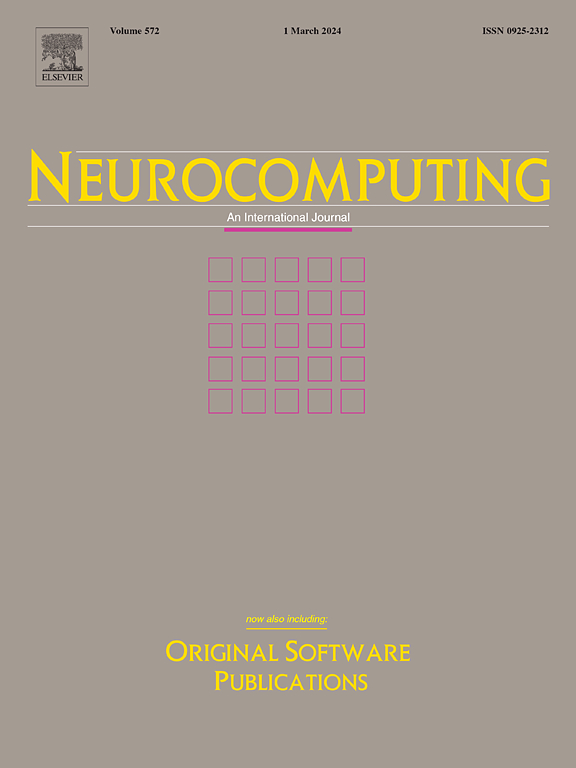缺失数据在地球观测领域的增强:一种多视图学习方法
IF 6.5
2区 计算机科学
Q1 COMPUTER SCIENCE, ARTIFICIAL INTELLIGENCE
引用次数: 0
摘要
多视图学习(MVL)利用多个数据源或数据视图来增强机器学习模型的性能和鲁棒性。这种方法已经成功地应用于地球观测(EO)领域,该领域的视图具有异构性质,并且可能受到缺失数据的影响。尽管缺失数据对模型预测有负面影响,但ML文献已将其用作增强技术来改进模型泛化,如屏蔽输入数据。受此启发,我们为具有缺失视图的MVL的EO应用程序引入了新的方法。我们的方法集成了一个集合的组合来模拟所有缺失视图的组合作为不同的训练样本。我们使用动态合并函数(如average)和更复杂的函数(如Transformer),而不是用数值替换缺失的数据。这允许MVL模型完全忽略缺失的视图,增强其预测鲁棒性。我们在四个具有时间和静态视图的EO数据集上进行了实验,包括来自EO领域的最先进的方法。结果表明,我们的方法在中度缺失条件下提高了模型的鲁棒性,并在所有视图都存在时提高了预测性能。所提出的方法提供了一种单一的自适应解决方案,可以有效地处理任何可用视图的组合。本文章由计算机程序翻译,如有差异,请以英文原文为准。
Missing data as augmentation in the Earth Observation domain: A multi-view learning approach
Multi-view learning (MVL) leverages multiple sources or views of data to enhance machine learning model performance and robustness. This approach has been successfully used in the Earth Observation (EO) domain, where views have a heterogeneous nature and can be affected by missing data. Despite the negative effect that missing data has on model predictions, the ML literature has used it as an augmentation technique to improve model generalization, like masking the input data. Inspired by this, we introduce novel methods for EO applications tailored to MVL with missing views. Our methods integrate the combination of a set to simulate all combinations of missing views as different training samples. Instead of replacing missing data with a numerical value, we use dynamic merge functions, like average, and more complex ones like Transformer. This allows the MVL model to entirely ignore the missing views, enhancing its predictive robustness. We experiment on four EO datasets with temporal and static views, including state-of-the-art methods from the EO domain. The results indicate that our methods improve model robustness under conditions of moderate missingness, and improve the predictive performance when all views are present. The proposed methods offer a single adaptive solution to operate effectively with any combination of available views.
求助全文
通过发布文献求助,成功后即可免费获取论文全文。
去求助
来源期刊

Neurocomputing
工程技术-计算机:人工智能
CiteScore
13.10
自引率
10.00%
发文量
1382
审稿时长
70 days
期刊介绍:
Neurocomputing publishes articles describing recent fundamental contributions in the field of neurocomputing. Neurocomputing theory, practice and applications are the essential topics being covered.
 求助内容:
求助内容: 应助结果提醒方式:
应助结果提醒方式:


